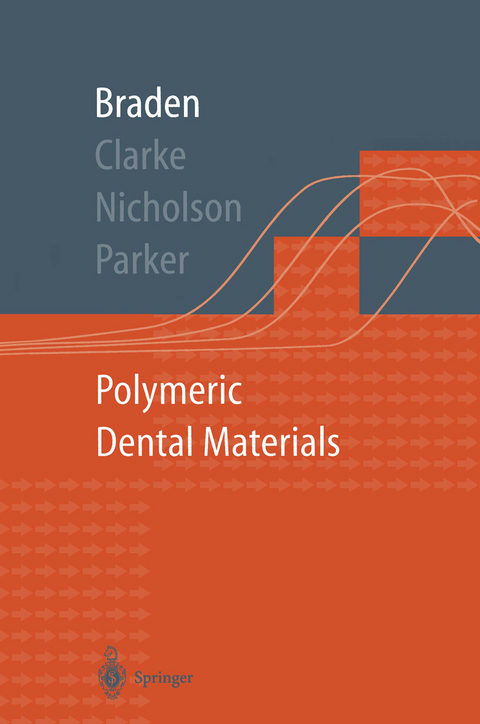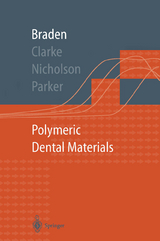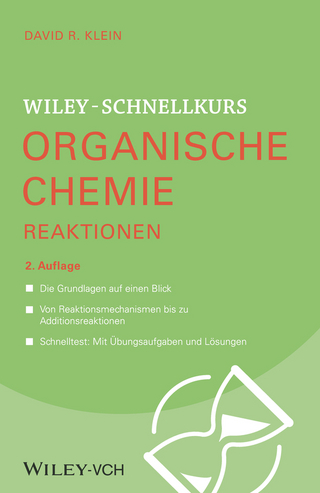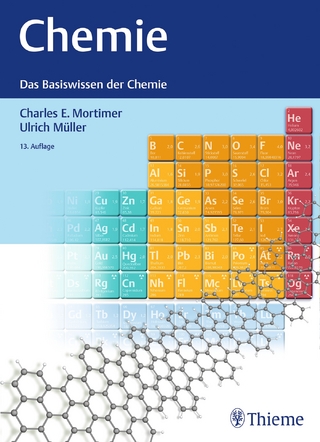Polymeric Dental Materials
Springer Berlin (Verlag)
978-3-540-61646-7 (ISBN)
- Keine Verlagsinformationen verfügbar
- Artikel merken
1 Polyelectrolyte Restorative Materials.- 1.1 Introduction.- 1.2 Polyelectrolytes.- 1.3 The Rôle of Water.- 1.4 Zinc Polycarboxylate Cements.- 1.4.1 History and Clinical Uses.- 1.4.2 Structural Studies.- 1.4.3 Studies on Adhesion.- 1.5 Glass-Ionomer Cements.- 1.5.1 History and Clinical Uses.- 1.5.2 Clinical Manipulation.- 1.5.3 Fluoride Release.- 1.5.4 Test Methods.- 1.5.5 Glasses.- 1.5.6 Polymers.- 1.5.7 Structural Studies.- 1.5.8 Biocompatibility.- 1.5.9 Reinforced Glass-Ionomers.- 1.6 Resin-Modified Glass-Ionomers.- 1.6.1 Basic Chemistry.- 1.6.2 Structural Studies.- 1.6.3 Biocompatibility.- 1.6.4 Clinical Experience.- 1.7 Conclusions.- 1.8 References.- 2 Glassy Polymers.- 2.1 Unfilled Resins.- 2.1.1 Monomer Preparation.- 2.1.2 Free Radical Polymerisation.- 2.1.3 Polymerisation by the Dough Technique.- 2.1.4 Polymerisation by Microwaves.- 2.1.5 Polymerisation by Visible Light.- 2.1.6 Physical Properties of Poly(methyl methacrylate).- 2.1.7 Mechanical Properties of Poly(methyl methacrylate).- 2.1.8 Chemical and Biological Properties of Poly(methyl methacrylate).- 2.1.9 Modified Acrylic Polymers.- 2.1.10 Higher Methacrylates.- 2.2 Filled Resins.- 2.2.1 The Monomer Phase.- 2.2.2 The Filler Phase.- 2.2.2.1 Manufacture of the Filler.- 2.2.2.2 Megafill Inserts.- 2.2.2.3 Particle Shape.- 2.2.3 Coupling Agents.- 2.2.4 The Curing System.- 2.2.4.1 Autopolymerising Systems.- 2.2.4.2 Light Cured Systems.- 2.2.4.3 Dual Cured Systems.- 2.2.5 Other Constituents.- 2.2.6 Classification of Dental Composites.- 2.2.7 Physical Properties of Composite Resins.- 2.2.8 Mechanical Properties of Composite Resins.- 2.2.9 Chemical and Biological Properties of Composite Resins.- 2.3 References.- 3 Elastomeric Materials.- 3.1 Impression Materials (M. Braden).- 3.1.1 Hydrocolloids.- 3.1.1.1 Reversible Hydrocolloids.- 3.1.1.2 Irreversible Hydrocolloids-Alginates.- 3.1.2 Elastomers.- 3.1.2.1 Condensation Silicones.- 3.1.2.2 Addition Silicones.- 3.1.2.3 Polysulphides.- 3.1.2.4 Imine Terminated Polyethers.- 3.1.2.5 A Photo-Polymerising Impression Material.- 3.1.2.6 The Future?.- 3.1.3 Physical Properties.- 3.1.3.1 Rheology.- 3.1.3.2 Stiffness of the Set Material.- 3.1.3.3 Viscoelastic Properties.- 3.1.3.4 Strength Properties.- 3.1.4 Biological Properties.- 3.1.5 General Conclusions.- 3.1.6 References.- 3.2 Soft Prosthesis Materials (S. Parker).- 3.2.1 Soft Lining Materials.- 3.2.1.1 Soft Acrylic Materials.- 3.2.1.1.1 Heat Polymerised.- 3.2.1.1.2 Room Temperature Polymerising.- 3.2.1.2 Silicone Rubber Materials.- 3.2.1.2.1 Room Temperature Polymerising.- 3.2.1.2.2 Heat Polymerising.- 3.2.1.2.3 Acetoxy-Type.- 3.2.1.2.4 Addition Silicone.- 3.2.1.3 Elastomer/Methacrylate Systems.- 3.2.1.4 Fluoroethylene Copolymers.- 3.2.1.5 Natural Rubber.- 3.2.1.6 Vinyl Resins.- 3.2.1.7 Hydrophilic Acrylic Polymers.- 3.2.1.8 Polyurethanes.- 3.2.2 Tissue Conditioners.- 3.2.3 Maxillo-Facial Prosthesis Materials.- 3.2.3.1 Silphenylene Elastomers.- 3.2.3.2 Polyurethanes.- 3.2.3.3 Chlorinated Polyethylene.- 3.2.4 Physical Properties.- 3.2.4.1 Water Uptake Characteristics.- 3.2.4.2 Viscoelastic Properties.- 3.2.4.3 Adhesion to PMMA.- 3.2.4.4 Stress/Strain Characteristics.- 3.2.4.5 Rupture Properties.- 3.2.4.6 Wettability.- 3.2.5 References.
| Erscheint lt. Verlag | 20.3.1997 |
|---|---|
| Reihe/Serie | Macromolecular Systems - Materials Approach |
| Zusatzinfo | XII, 124 p. 8 illus. in color. |
| Verlagsort | Berlin |
| Sprache | englisch |
| Maße | 155 x 235 mm |
| Gewicht | 368 g |
| Themenwelt | Naturwissenschaften ► Chemie ► Organische Chemie |
| Technik ► Maschinenbau | |
| Schlagworte | biomedical engineering • Biomedizinische Technik • Dental materials • Elastomer • Ionomer • Kunststoff • Plastics • Polycarboxylate • Polymer • Polymere • Polymers • Zahnärzlicher Werkstoff • Zahnärztliche Werkstoffe • Zahntechnik |
| ISBN-10 | 3-540-61646-2 / 3540616462 |
| ISBN-13 | 978-3-540-61646-7 / 9783540616467 |
| Zustand | Neuware |
| Haben Sie eine Frage zum Produkt? |
aus dem Bereich




